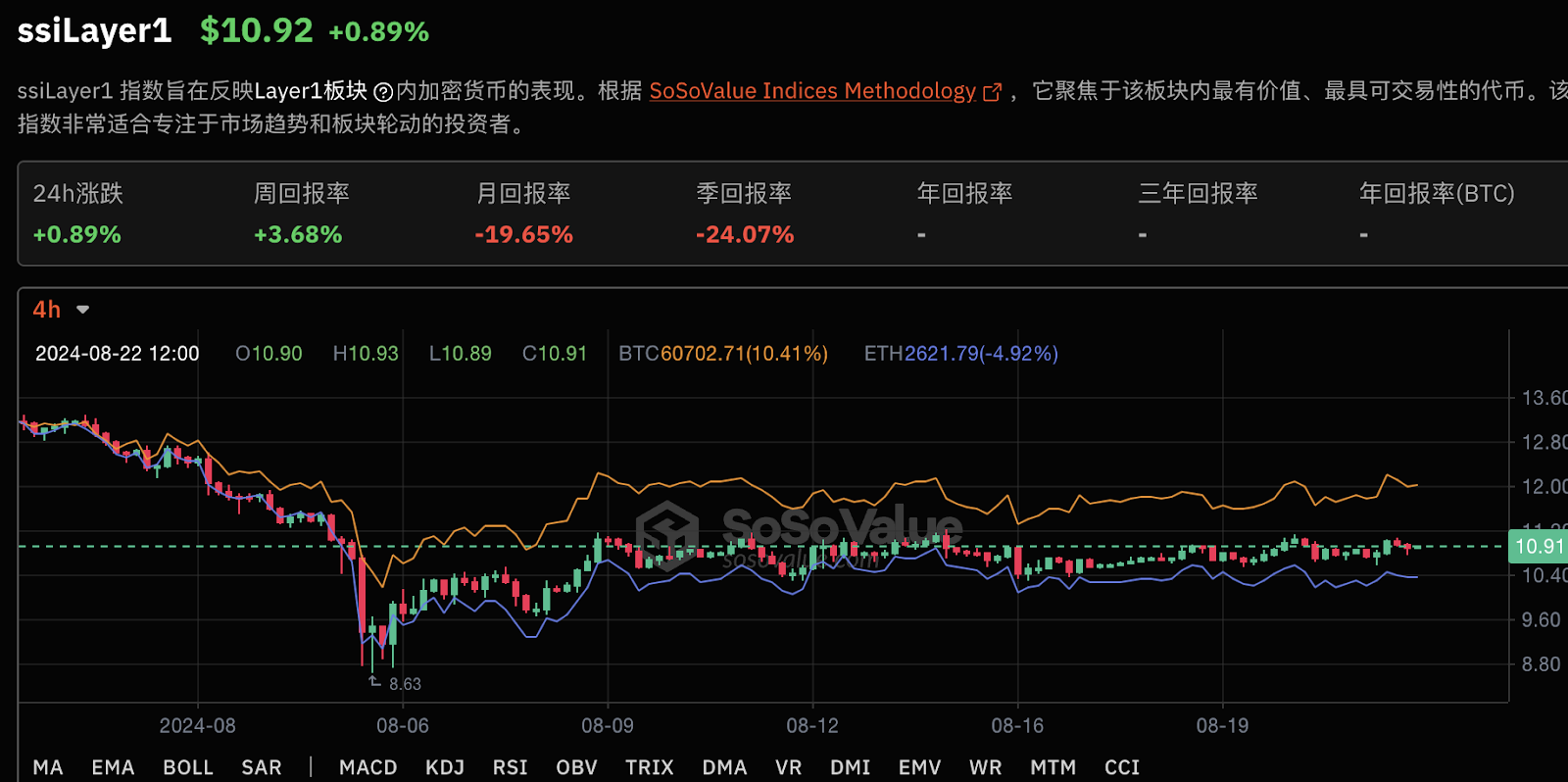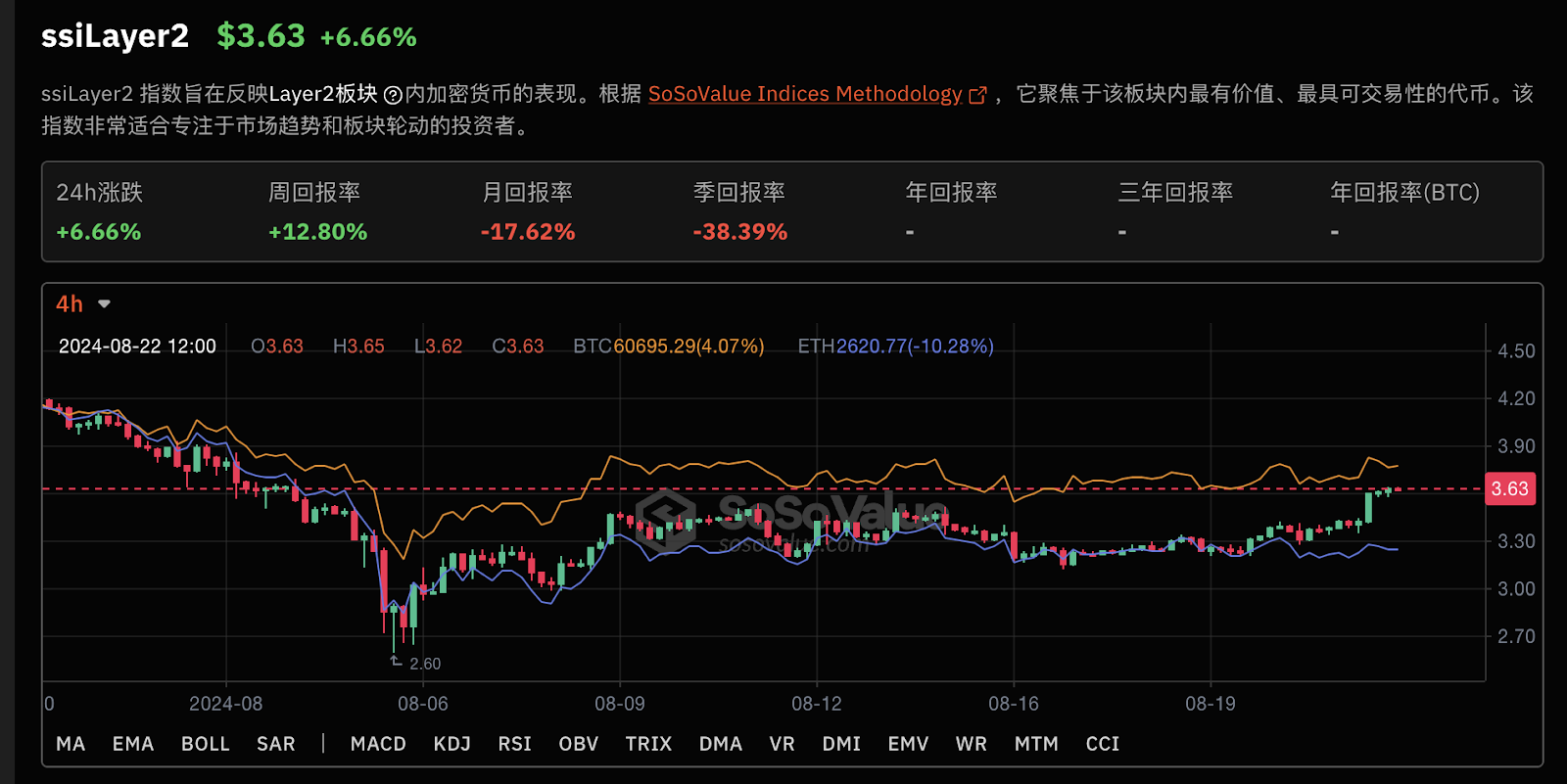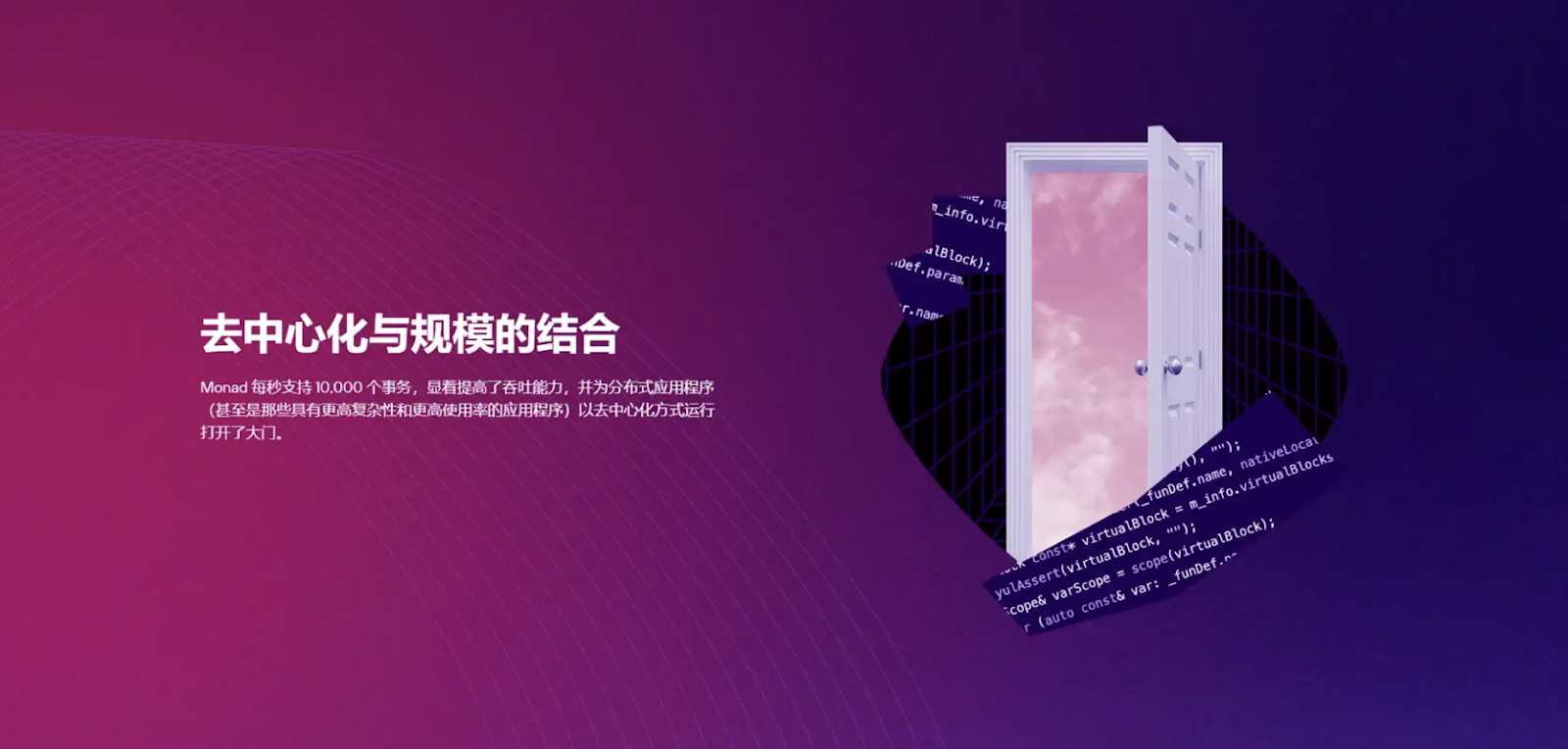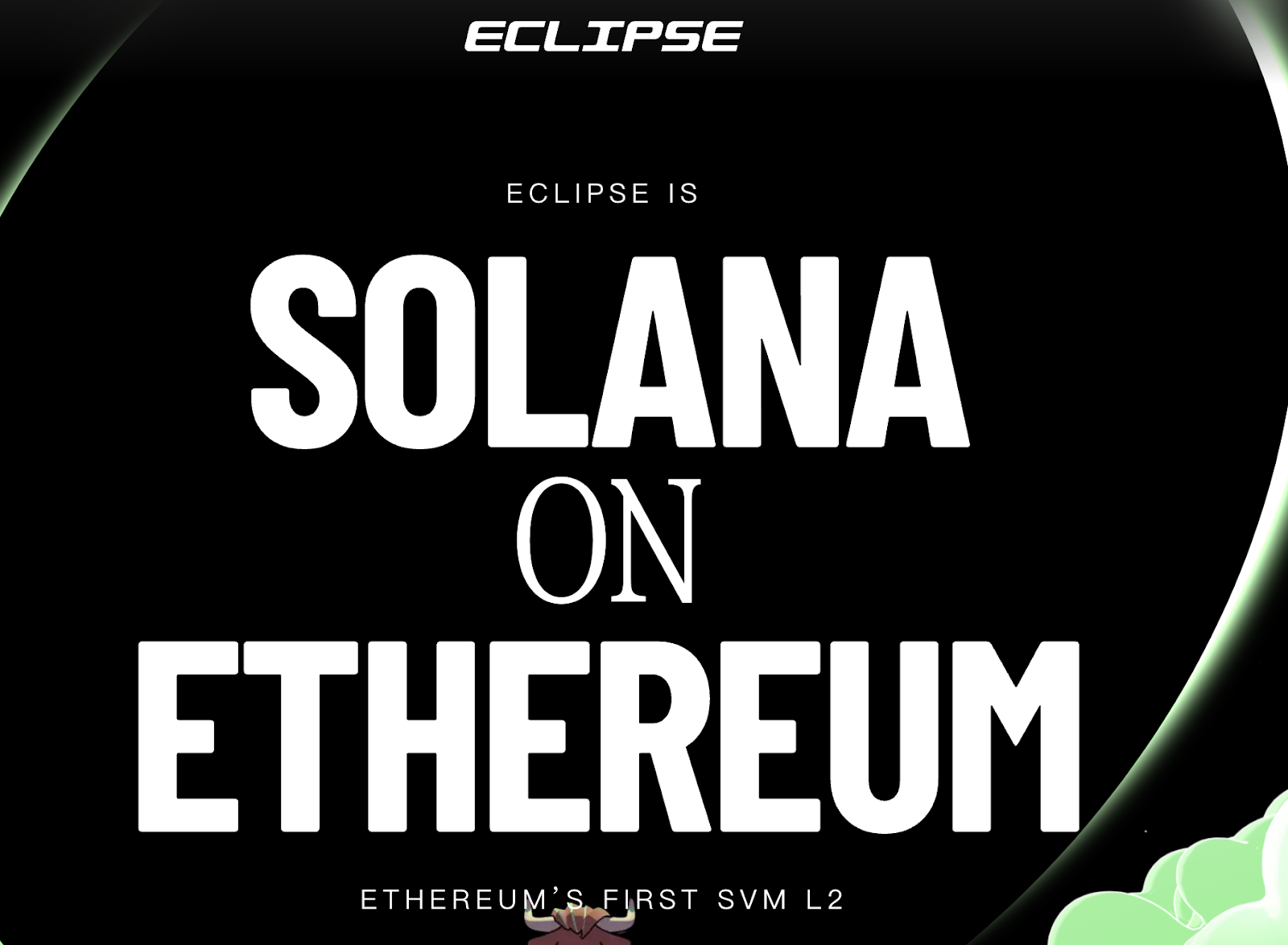The clarion call of a new digital era has sounded, and public chain technology is reshaping the future of finance and technology with its revolutionary power.
According to data from the SoSoValue website, the overall market performance of public chains (L1 and L2) is as follows:
Layer 1 (L1) public chains account for 9.86% of the market capitalization in the entire crypto market. In the past 24 hours, the overall increase of L1 public chains was +0.89%.
BNB (Binance Coin) has a market cap of $83.05B, a price of $569.3, and a 24-hour trading volume of $1.02B; Solana (SOL) has a market cap of $66.24B, a price of $142.01, and a 24-hour trading volume of $2.53B; TRON (TRX) has a market cap of $12.97B, a price of $0.1492, and a 24-hour trading volume of $1.77B.
These data show that the L1 public chain has an important position in the crypto market and has shown certain growth potential in the short term.

Layer 2 (L2) public chains account for 6.67% of the market value in the entire crypto market, with an overall increase of +6.66% in 24 hours. L2 public chains attract users with lower transaction fees and higher transaction speeds, and gradually occupy an important position in the use of decentralized finance (DeFi), non-fungible tokens (NFTs), and decentralized applications (dApps). Overall, L1 and L2 public chains have performed steadily in the market, and with the continuous development of blockchain technology, their market share and influence are expected to further expand.

At present, public chains have rapidly occupied a place in emerging fields such as DeFi, NFTs and dApps with lower transaction fees and faster transaction speeds. This is not just a small fluctuation in the digital currency market, but a strong proof of the core position of public chain technology in promoting the development of the entire encryption market. With the continuous maturity and innovation of technology, we have reason to believe that the market share and influence of L1 and L2 public chains will usher in a more brilliant future.
This article aims to analyze the representative rising star projects in the public chain system. More importantly, these public chains are expected to issue coins in the second half of the year.
1. MONAD
A high-performance blockchain platform, compatible with the Ethereum Virtual Machine (EVM), designed to significantly improve transaction speed and scalability through parallel execution technology, capable of processing more than 10,000 transactions per second.
In April this year, Layer1 blockchain Monad Labs announced that it had completed a financing of up to US$225 million, which is the largest cryptocurrency project financing so far in 2024. This round of financing was led by investment institution Paradigm and attracted participation from investment institutions including IOSG Ventures, SevenX Ventures, Electric Capital and Greenoaks.
Monad Labs aims to improve the performance of the Ethereum virtual machine and solve the low throughput problem of existing EVM-compatible blockchains by introducing parallel execution and superscalar pipelining technology through its parallel EVM Layer1 project Monad.

2. Aleo
Aleo is a privacy-focused blockchain project that achieves higher privacy and scalability through zero-knowledge proof technology (ZKP). The core concept of Aleo is to enable users to authenticate and process data without revealing personal data.
Aleo completed a $28 million Series A round led by a16z in 2021, and a $200 million Series B round in 2024, with investors including Kora Management, SoftBank Vision Fund 2, Tiger Global, Sea Capital, Slow Ventures, and Samsung Next. This round of financing brought Aleo's valuation to $1.45 billion.
At the core of Aleo is zero-knowledge proof (ZKPs) technology, which allows transactions and smart contract execution to be performed while maintaining privacy. User transaction details, such as sender and transaction amount, are hidden by default. This design not only protects user privacy, but also allows selective disclosure when necessary, which is very suitable for the development of DeFi applications.
3. Aztec Network
Aztec Network is a private ZK-rollup on Ethereum that enables decentralized applications to access privacy and scaling. Aztec's rollup is secured by the industry-standard PLONK proof mechanism used by leading zero-knowledge scaling projects.
Aztec Network has raised a total of $119 million, with investments from Paradigm, a16z, etc. The first private ZK-rollup on Ethereum, designed to provide privacy protection and scalability for decentralized applications.
Aztec Network builds privacy abstraction to provide developers with smart contract privacy, supporting default anonymity, private state read/write functions, and private smart contract function execution. Aztec is based on the UTXO data architecture, and its smart contract privacy allows programmable privacy to be incorporated into the contract itself at the state variable and function level, so that developers can call the desired functions.
4. Scroll
Scroll is an EVM-compatible zk-Rollup based on zero-knowledge proof technology, which aims to support the development of decentralized applications by improving the scalability and privacy protection of Ethereum. It allows users to verify transactions without disclosing original data and achieves seamless compatibility with existing Ethereum infrastructure.
The total financing is US$80 million, invested by Polychain, Robot Ventures and others.
As a member of the zk-Rollup sector, Scroll has worked with the PSE team supported by the Ethereum Foundation to develop zkEVM. Although the PSE team has recently shifted its focus to zkVM, Scroll still maintains its unique orthodoxy and tries new technical solutions such as zero-knowledge proof and hardware acceleration in order to launch a more secure, efficient and scalable zk-Rollup network.
In addition, Scroll introduced EIP-4844 data blob on April 29, 2024 to achieve Layer1 data availability. The emergence of EIP-4844 significantly optimized the Layer2 solution and effectively alleviated the data availability problem. The report further pointed out that with the launch of the Scroll mainnet, its ecosystem is constantly improving, and community incentive activities and hackathons have attracted more and more users and developers.
5. Espresso Systems
Espresso Systems is an EVM-compatible blockchain that provides a scalability and privacy system for Web 3 applications. By combining the PoS consensus protocol with the zk Rollup mechanism, Espresso Systems packages multiple transactions in a more resource-efficient way. Espresso Systems' configurable asset privacy smart contract application can provide users with customizable privacy about sender and receiver addresses and the amount and type of assets held or transferred. These elements can all be set to be public, private, or transparent only to selected parties.
The total financing is US$60 million, invested by a16z, Electric Capital and others.
The core of Espresso Systems' strategy is to focus on privacy and decentralization. The uniqueness of its privacy system lies in its Configurable Asset Privacy (CAPE) smart contract deployed on Ethereum. "Configurable Asset Privacy" means that users can customize items such as asset quantity, category, sender and receiver addresses. That is, they can choose what information to disclose and to whom.
6.Eclipse
Eclipse is a high-performance Layer 2 solution based on Ethereum, leveraging the Solana Virtual Machine (SVM) for fast execution. It combines the security of Ethereum with the data availability of Celestia to support the development of decentralized applications with high transaction volumes and low fees.
The total financing is US$65 million, invested by Polychain, OKX Ventures and others.
Eclipse is the first SVM Layer2 on Ethereum, and mainnet was released in Q1 2024. Ethereum currently still regards Rollup as its core development route. Putting aside the topic of orthodoxy, this means to a certain extent that Ethereum has handed over the broad definition of Layer2 to the market, so the apparent empowerment also hides various forms of competition. Eclipse takes advantage of this point and uses modular development to combine Ethereum security, Solana's high performance, and Celestia DA to create a strong market narrative.

7.berachain
Berachain is a high-performance EVM-compatible blockchain built on Proof-of-Liquidity consensus. Proof-of-Liquidity is a novel consensus mechanism designed to align network incentives and create strong synergies between Berachain validators and the project ecosystem. Berachain's technology is built on Polaris, a high-performance blockchain framework for building EVM-compatible chains on top of the CometBFT consensus engine.
On May 13, 2024, Jack Melnick, former head of Polygon Labs DeFi, joined Layer 1 developer Berachain in the same position. Berachain completed a $100 million Series B financing in April this year, led by Brevan Howard Digital and Framework Ventures. Currently, the project is valued at $420 million.
Berachain is a Layer 1 blockchain built on Cosmos SDK and compatible with EVM, protected by the Proof of Liquidity consensus mechanism. Its three-token system (BERA, HONEY, BGT) is not only unique, but also gives the network powerful functionality and flexibility.
In July 2024, according to official news, the joint test network (Co-Testnet) jointly launched by Berachain and Particle Network is now online.
8. Movement
Movement is a modular framework for building and deploying Move-based infrastructure, applications, and blockchains in any distributed environment. The team is building a suite of products and services that enable non-Move protocols to leverage the power of the Move programming language without writing a single line of Move code. The team's first release, M1, redefines L1 as a vertically composable and horizontally scalable layer 1 framework that is compatible with Solidity, connects EVM and Move liquidity, and allows builders to customize modular and interoperable application chains with different user bases and liquidity out of the box.
Movement received investment from Binance Labs. In the Series A financing, Movement received investment from top institutions such as Polychain and Hack VC, with a financing amount of US$38 million. This shows the strong strength and market recognition of Movement.
Movement is a game-changer in the current Move ecosystem. Movement is committed to connecting the security and high-performance advantages of the Move language with the liquidity and large user base of the EVM system to achieve a combination of advantages. Through the Movement SDK, developers do not need to write Move code, and can automatically convert Solidity scripts into opcodes that Move can understand, obtaining interoperability compatible with Ethereum and other EVM networks, perfectly combining the advantages of the Move language with the prosperous Ethereum ecosystem.

9. Linera
Linera is a blockchain protocol designed with low-latency applications in mind. The project draws on academic research initiated by Facebook/Novi, such as the FastPay protocol and the Zef protocol (slides). Linera is a Level 1 chain that aims to provide a secure, highly scalable, low-latency blockchain to give Web3 applications faster response times.
Linera announced the completion of a $6 million seed round of financing, led by a16z, with participation from Cygni Capital, Kima Ventures and Tribe Capital.
Linera founder and CEO Mathieu Baudet is a former Meta employee who helped create the Libra blockchain. The Linera blockchain has low latency and linear scalability, and consists of shards or a single thread, adding additional validators to improve network efficiency, allowing most account-based operations to be confirmed within a fraction of a second.
10. Anoma Network
Anoma is an intent-centric privacy architecture that introduces a new paradigm for building infrastructure layers and a new operating system for decentralized applications. Anoma's intent-centricity introduces novel primitives that allow existing web2.5 dApps to be fully decentralized, such as optimistic and ZK rollups, DEXs, NFT marketplaces, or public goods funding applications like Gitcoin.
The project received $6.75 million in funding in its Series A round, also led by Polychain Capital. Other participating companies include Electric Capital, Coinbase Ventures, FBG Capital, CMS Holdings, Lemniscap, Cygni Labs, and Walden Bridge Capital.
Later, Anoma Network announced that it had raised $26 million, led by venture fund Polychain Capital. In addition, companies such as Fifth Era, Maven Capital, Zola Capital, Electric Capital, and CMCC also participated in the financing.
Anoma hopes to create a system that allows any digital asset to serve as a means of exchange or payment, allowing individuals to choose any asset class in transactions. Unlike existing financial platforms, Anoma's goal is to facilitate users to use any asset in private payment processes, rather than introducing specific assets as currency. Any asset here refers to exchangeable goods, services, or anything of value that can be digitally represented, including assets created on Anoma, assets from other blockchains transferred to Anoma through interoperability protocols, and legal tender in the form of stablecoins.
11.GASP
Gasp is an L2 cross-rollup protocol with the vision of making Ethereum the settlement layer for all cross-chain transactions. Gasp provides native cross-chain transactions without the need for traditional cross-chain bridges, and guarantees user funds can be withdrawn at any time through the power of escape hatches, ZK proofs, and decentralized sequencers. Gasp was originally incubated by Polychain and launched in the Polkadot ecosystem in 2020.
The latest round of financing has secured $5 million in financing to support this mission, funded by Cluster Capital, Polychain Capital, Master Ventures, Faculty Group, Moonhill, LVT Capital, CMS, Token Metrics, etc. This is also the third financing event for the project, and the total funds raised by the project have now reached $11 million.
As a native cross-rollup protocol, Gasp aims to facilitate gas-free, MEV-protected, and fast cross-rollup swaps. The protocol achieves this by leveraging technologies such as escape hatches, ZK proofs, and decentralized sorters.
What’s special about Gasp’s approach is that it ensures trustless transactions through a decentralized mechanism, which enhances security and reduces risk compared to protocols with centralized single points of failure and other traditional bridging mechanisms. Gasp also eliminates the need for wrapped tokens.
12. Talus
Talus Network is a blockchain platform focused on decentralized artificial intelligence. The network leverages the power of Move with an emphasis on security, speed, and enhanced developer experience. By fostering a diverse ecosystem of intelligent agents for decentralized applications, Talus Network is creating a future where technology empowers users in a fair and accessible way.
Talus Network has completed a $3 million first round of financing, led by Polychain Capital, with participation from dao5, Hash3, TRGC, WAGMI Ventures and Inception Capital. In addition, angel investors from major technology and blockchain companies such as NVIDIA, IBM, Blue7, Symbolic Capital and Render Network have also contributed to supporting the team's mission to democratize artificial intelligence on the blockchain.
Talus is an AI public blockchain platform based on the Move language. It has high performance and is optimized for AI use cases, allowing AI agents to interact and trade in the system. Talus participants can build a new economy of AI applications from a universal protocol that can access resources.
Talus's AI agent can achieve functional support and optimization in multiple fields. For example, it can provide wallet analysis tools, monitor transaction status in real time, and improve the user's asset management experience. In the DeFi field, it can also optimize liquidity management, automate on-chain investment portfolios, improve its capital efficiency and returns, and support DAO's automated asset management and governance decisions.








